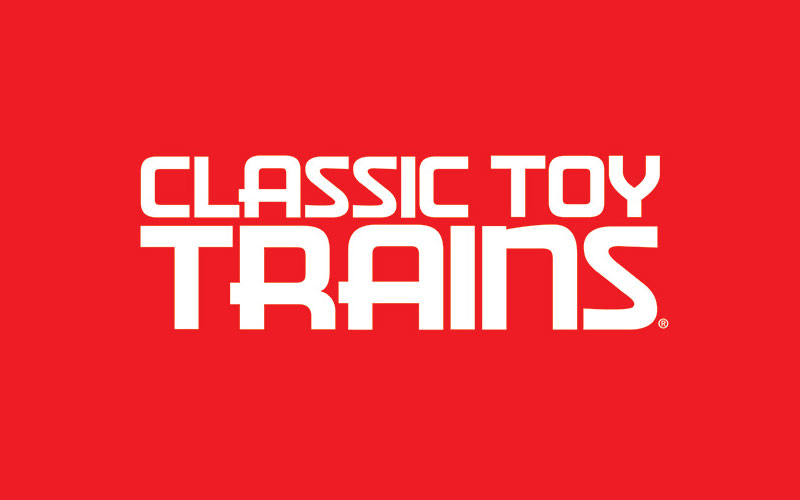
I found this manuscript from the late John Grams in our manuscript files. There was no date on the envelope but it’s likely from the early 1990s. The article discusses 12 Lionel products that, while great inventions, were fraught with problems or didn’t work exactly as advertised. He included the following disclaimer: “Lionel trains were […]
Read More…
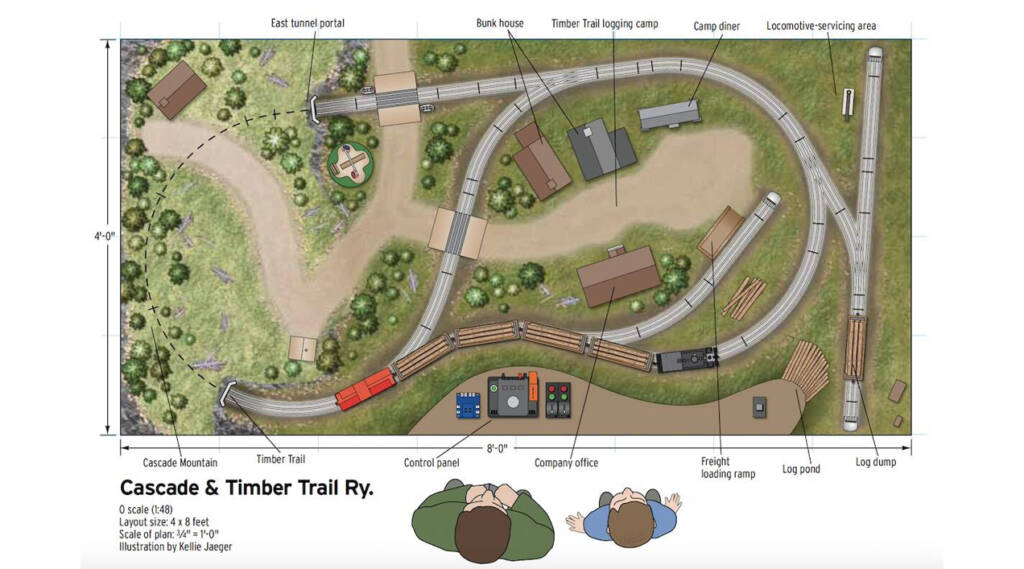
Are you searching for inspiration for your next model railroad project? Whether you’re just starting out, have some experience, or are an advanced modeler, we’ve gathered a collection of creative track plans for every skill level to get your creative juices flowing. Based on designs from our staff and fellow model railroad enthusiasts, these plans […]
Read More…
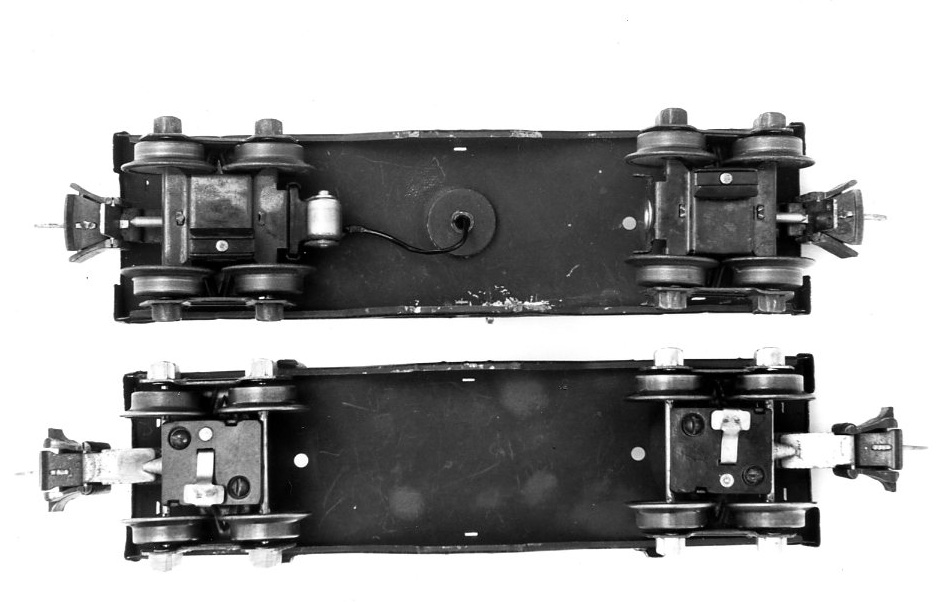
I found this manuscript from the late John Grams in our manuscript files. There was no date on the envelope but it’s likely from the early 1990s. The article discusses 12 Lionel products that, while great inventions, were fraught with problems or didn’t work exactly as advertised. He included the following disclaimer: Lionel trains were […]
Read More…
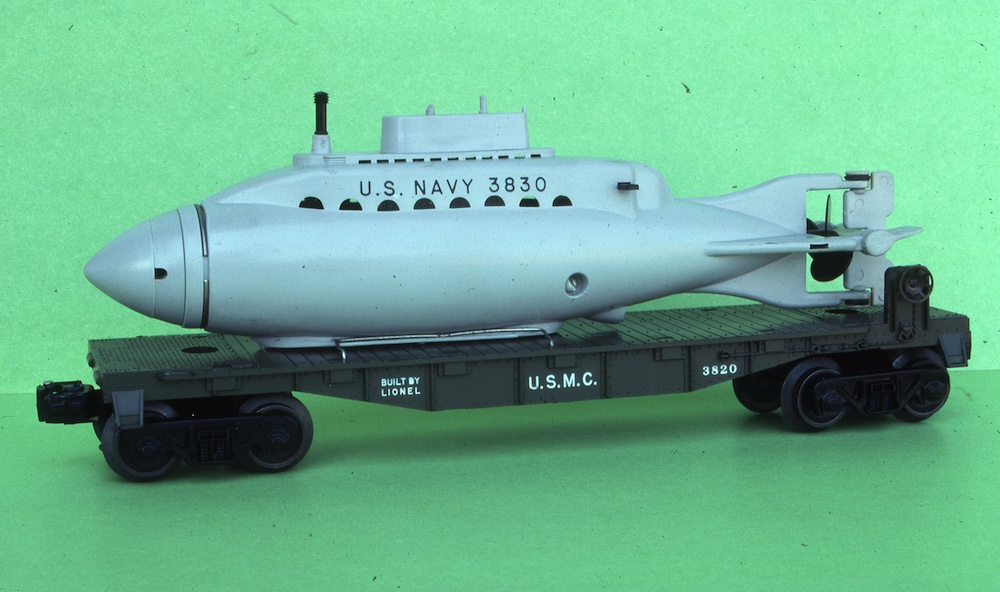
The late 1950s and early 60s were a time of the Cold War, Sputnik, and the Mercury and Gemini space programs. Lionel’s entry into space-related toys was a sign of our nation’s early endeavors with space exploration. One of the first space train accessories appeared on the cover of the 1958 Lionel catalog. Towering over […]
Read More…
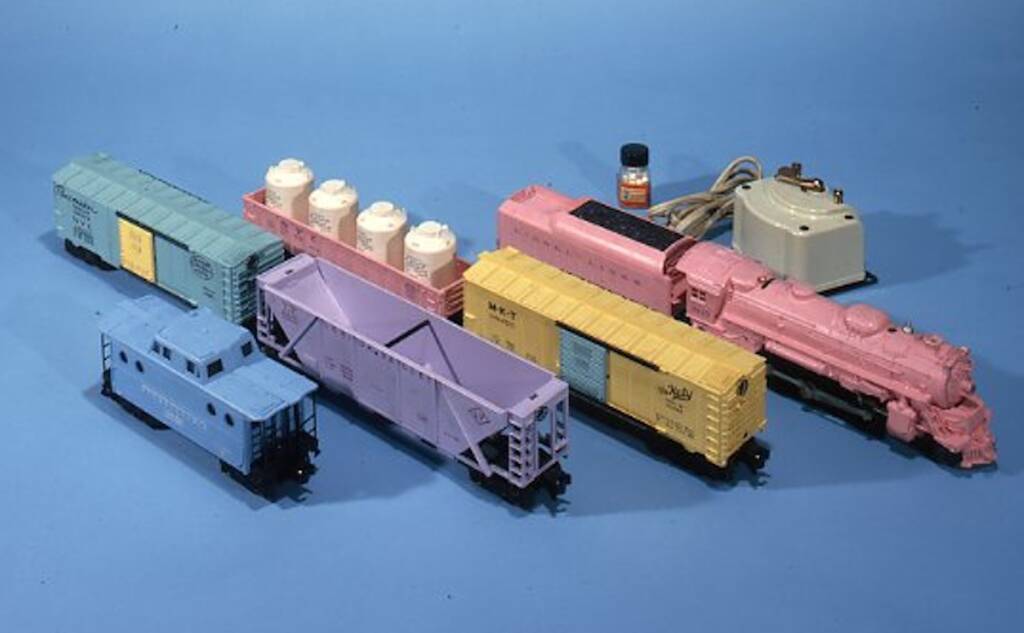
I found this manuscript from the late John Grams in our manuscript files. There was no date on the envelope but it’s likely from the early 1990s. The article discusses 12 Lionel products that, while great inventions, were fraught with problems or didn’t work exactly as advertised. He included the following disclaimer: Lionel trains were […]
Read More…

Q: I’m curious why I’ve never seen four 20-foot intermodal containers in a single well car, stacked two on top and two on the bottom. I’ve only ever seen two 20-foot containers in the well and a 40-foot (or larger) container on top. — Benjamin Stewart A: David Lassen, senior editor at Trains magazine, put me […]
Read More…

Atlas has released the C44-9W locomotive as part of the Premier line. Chris Montagna sent us videos of this engine in action on his layout. Read a review from Editor Rene Schweitzer. […]
Read More…

Facts and features Name: Willoughby LineScale: HO and HOn3 (1:87.1)Size: 13 x 22 feetPrototype: proto-freelancedLocale: California’s Central Valley and Sierra NevadaEra: 1935-1950Style: multi-deck walk-inMainline run: 180 feetMinimum radius: 30″Minimum turnout: No. 6Maximum grade: 2%Benchwork: L-girder and plywood brackets (upper deck)Height: 40 to 60 inchesRoadbed: HomasoteTrack: Micro Engineering codes 55, 70, and 83 flextrackScenery: Hydrocal hard […]
Read More…
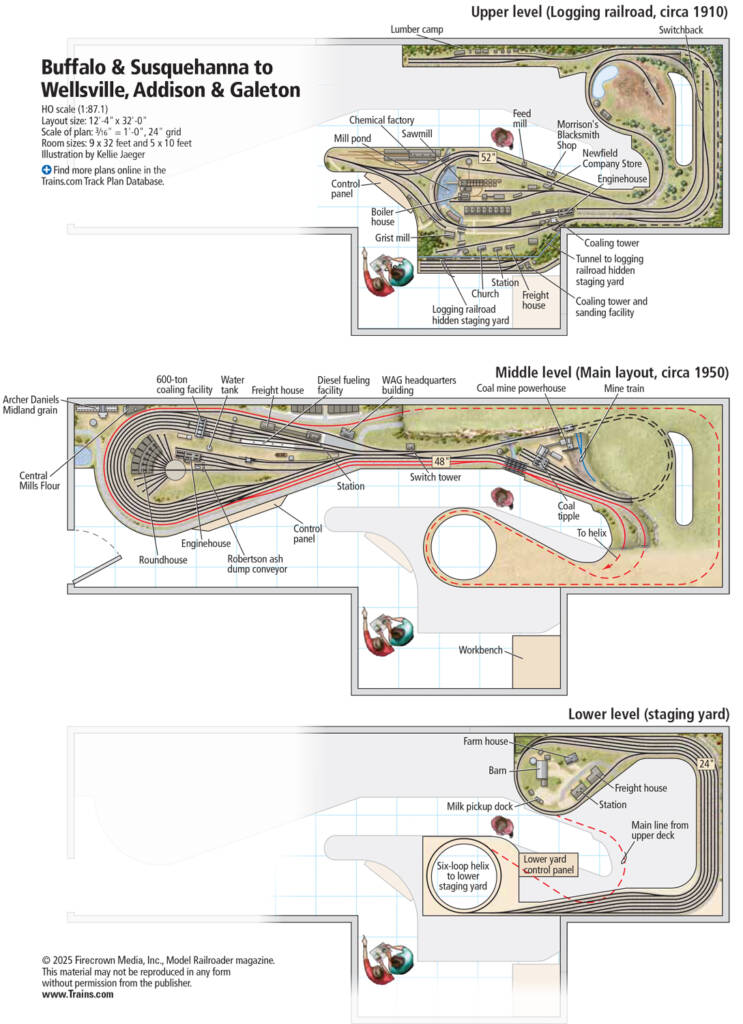
Facts and features Name: Buffalo & Susquehanna to Wellsville, Addison & GaletonScale: HO (1:87.1)Size: 12′-4″ x 32′-0″Prototype: Buffalo & Susquehanna and Wellsville, Addison & GaletonLocale: north central PennsylvaniaEra: spring 1910 and spring 1950Style: multi-deck walk-inMainline run: 96 feetMinimum radius: 22″Minimum turnout: No. 8Maximum grade: upper level and lower staging, 2%; middle level, noneBenchwork: wall mountedHeight: […]
Read More…
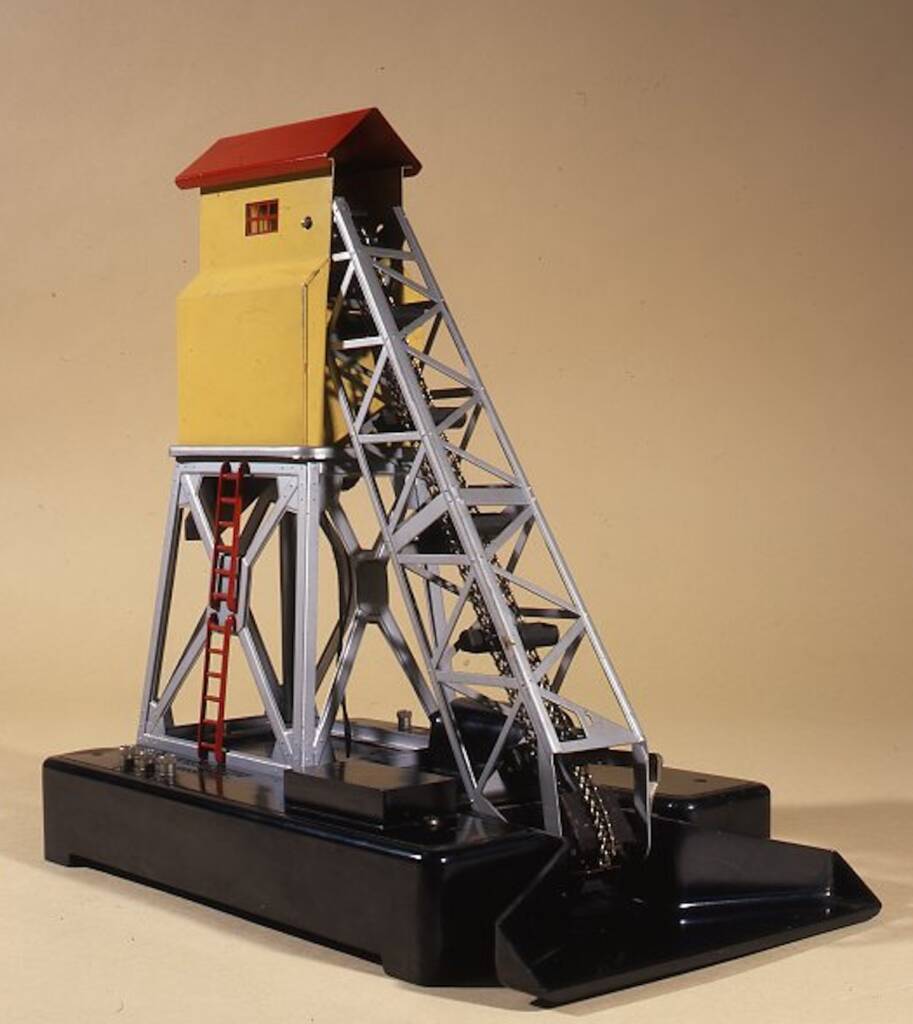
I found this manuscript from the late John Grams in our manuscript files. There was no date on the envelope but it’s likely from the early 1990s. The article discusses 12 Lionel products that, while great inventions, were fraught with problems or didn’t work exactly as advertised. He included the following disclaimer: Lionel trains were […]
Read More…
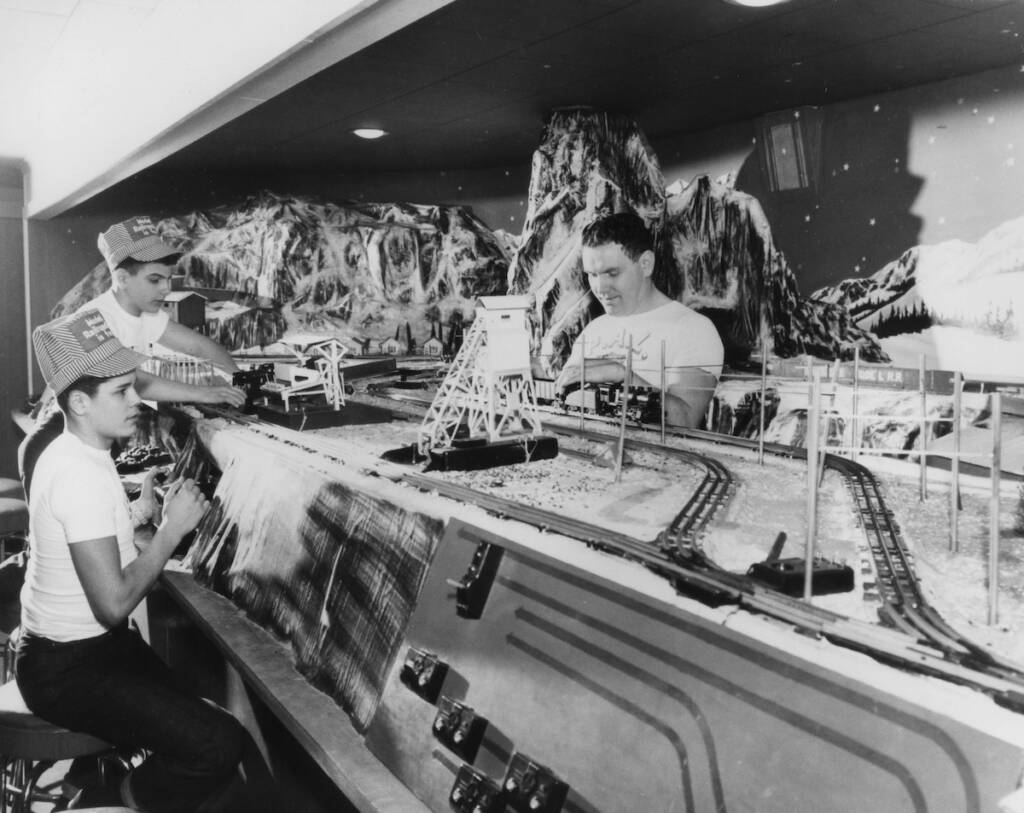
We are working on a new special issue! Classic Toy Trains’ next special interest publication features 14 layouts you can visit across the United States, from the The Choo Choo Barn, the Chicagoland Lionel Railroad Club, the Virginia Museum of Transportation, the Illinois Railway Museum, and much more. Plus, find a handy reference map and […]
Read More…
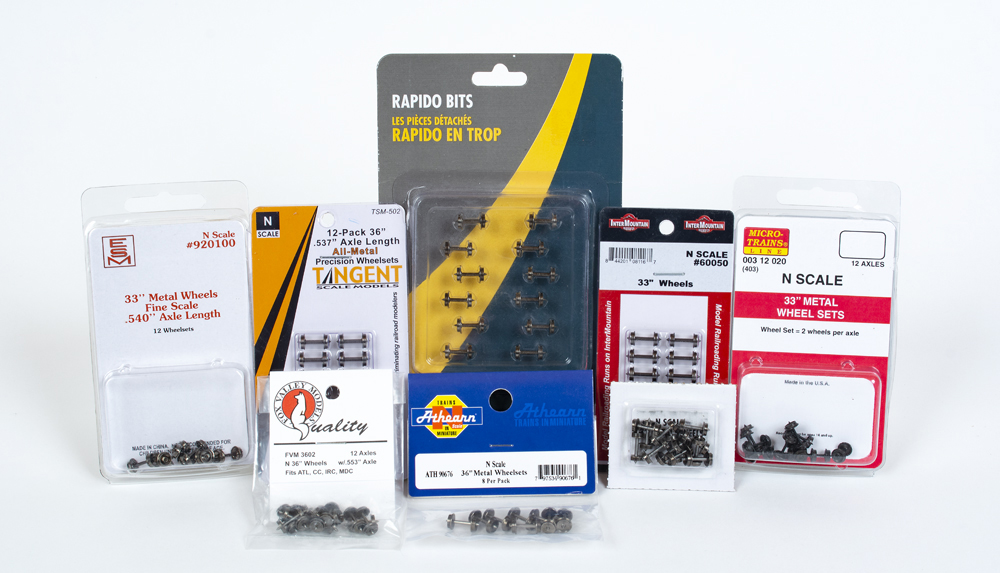
Q: I have some N scale cars from Micro-Trains. Recently, I swapped out the factory-installed plastic wheelsets with metal wheelsets, but now the cars don’t roll freely. What can I do to fix this? — Kelly Walton-Harper A: Metal wheelsets aren’t one-size-fits all. The first thing you’ll want to check is wheel size, as it’s […]
Read More…












